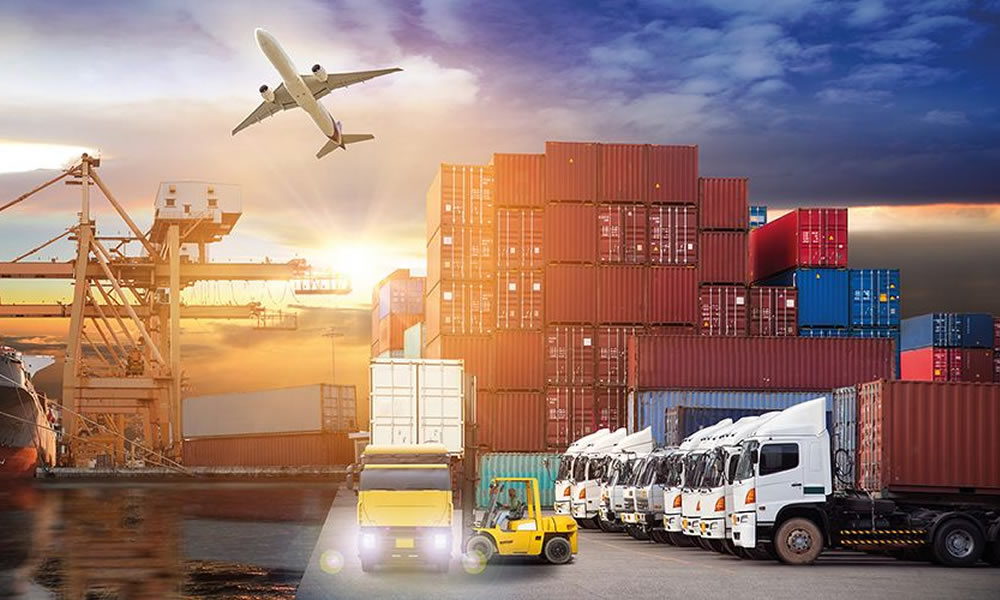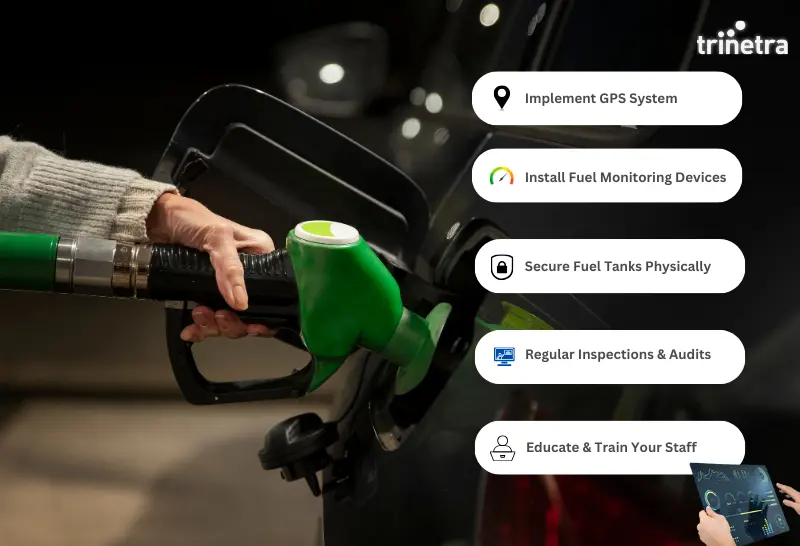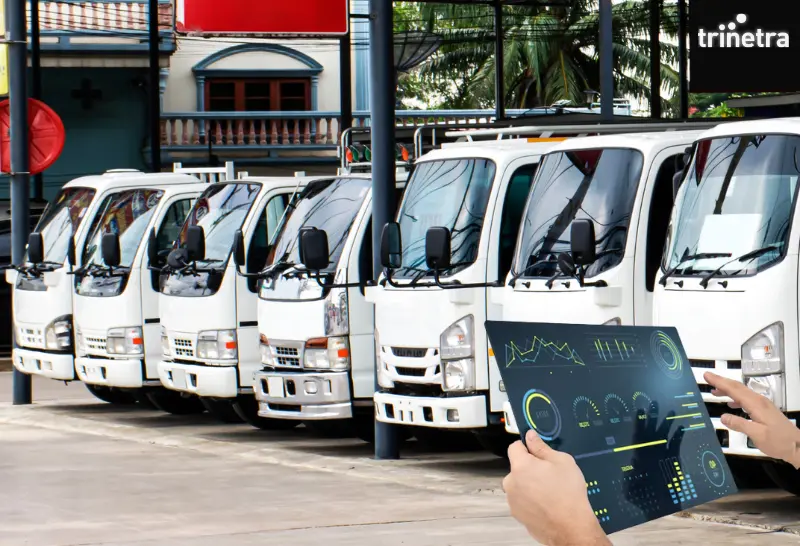Logistics and transportation play a crucial role in any economy. In the present scenario this sector is confronting a number of challenges. There is a need for change ant that brings with it both risks and opportunities. Challenges the sector faces include new technology, higher customer expectations, changing business models and new entrants and competition. The growing pressure on the sector is to offer better service at even lower cost.
However, the logistic and transport industry is increasingly using technology to their benefit and improvement. Digital technology has become a boon. Supply chain functions, delivery processes, vehicle management have all become digitally enabled with telematics technology and players in the sector are benefited. The Indian logistics sector has great potential to expand but only with greater adaptation of digitalisation and telematics for better management can make a breakthrough.
Challenges being resolved by the sector.
- With improved communication infrastructure, connectivity for telematics has been improving constantly along with new technology introduction and innovation.
- With wider acceptance and usage of more stakeholder, it will improve the economy of scale for the industry.
- Further improvement is needed in integrating information, transport networking and the warehousing/distribution facilities.
Training of workforce and building a trustworthy team of personnel is another challenge faced by the manpower-oriented sector.
Another challenge is the variety pf rules and regulations of different states and the need for more uniformity, simplicity and focus.
Telematics has brought about a healthy change in the logistic sector and improved fleet management positively. It has the potential to organise the sector better and improve productivity and profitability.
Advantages of telematics include:
- Tracking the fleets in real-time improves speed, safety and quality of operations.
- Transportation is improved by better route planning, analysing vehicle performance and better demand forecasting.
- Improved monitoring of fleet minutiae, such as mileage, idling time, harsh braking, engine behaviour, etc.
- It helps resolve workforce issues, such as driver training, driver behaviour, performance statistics, etc.
- It has greatly improved recording of data, of both basic and complex information, like average speed, distances travelled, etc.
To know more about Trinetra’s fleet telematics solution can help improve safety and productivity of your fleet, contact us, or visit www.trinetrawireless.com. Or just leave us an enquiry and we’ll get in touch.







